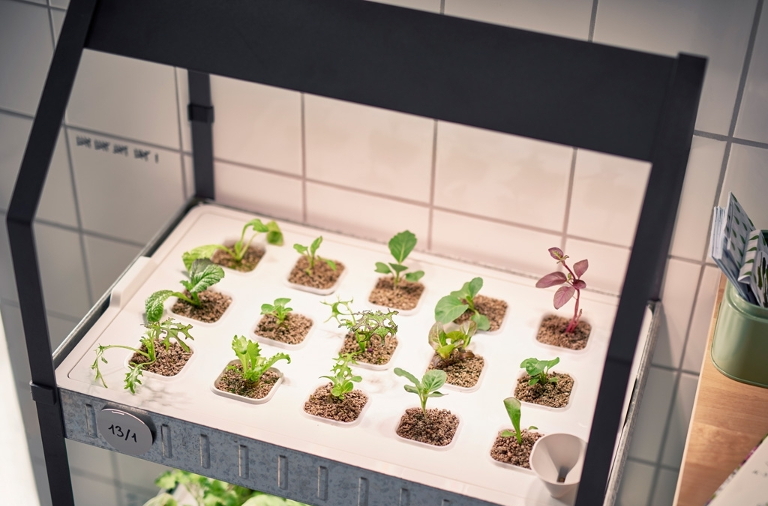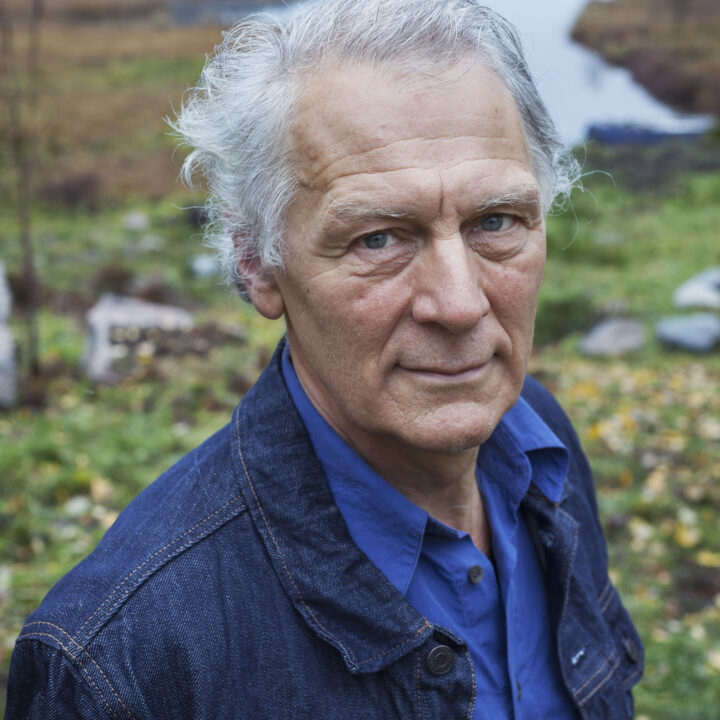The dream of food without dirt. That is the best description of how we will get food in the future if we would believe the impressive number of food tech start-ups which will produce food without soil or animals. But few of them deliver on their exaggerated promises.
The growing of plants in water with drip-fed nutrition is a much-hyped technology. There are some traditional hydrocultural systems that work well, where people farm on floats in rivers or lakes, e.g. in Bangladesh and Burma, and of course there are edible aquatic plants which are grown or collected.
In its modern scientific form hydroponics was developed by researchers at Berkeley University in the 1930s.[i] In 1937, Time Magazine reported that hydroponics had “yielded some remarkable results”.[ii] Seventy two years later the same magazine elected a vertical hydroponic system to one of the 50 best innovations in 2009.
An extreme version of hydroponics is indoor vertical farms in cities. We see sketches of green skyscrapers feeding the people with clean, local and nutritious food. Most such plans remain on the drawing boards for very simple reasons. For sure, it is possible to produce lettuce in high towers with automated systems. But the fact that it is possible doesn’t mean it is viable on a larger scale, and even less that it will take place in the cities. Vertical hydroponic farms are totally dependent on inputs that will need to be transported in, they are not part of any ecological context in the city, and if they are large, the crops will be put into the normal food distribution networks. In that sense, they are like any other assembly plant. And, like any other assembly plants, they are better located outside of city centres. But the rationalefor stacking crops on top of each other is gone where land prices are lower. Hydroponics is already for decades, the dominating form for commercial production of tomatoes, capsicums cucumber and lettuce in greenhouses in many countries in the world. By and large, it can only compete in high value crops where production is close to the market, and greenhouses are often located close to transportation hubs or energy resources rather than in cities.
It can of course be a marketing gimmick for a supermarket to grow its own lettuce on the roof of the outlet or in a green dome inside the shop, in the same way as they have an in house bakery. And, similarly, it can be an interesting architectural and engineering challenge to have green skyscrapers, and it can increase the commercial value of the property. But it has little relevance for feeding the population, which is underscored by that the commercial application are all about growing baby lettuce, pak choy or herbs, crops which provide almost no food energy or proteins.
The claims of environmental benefits are mostly not backed by any facts. In-door production of lettuce, herbs and other small leaves require in the range of 250 Watt per square meter of energy efficient LED lamps (a lot more is required for the production of tomatoes or potatoes).[iii] With 12 hours light per day one would need 3,000 Wh per square meter and day, or 1,095 kWh per year. This means that only three square meters of such a farm would consume the global average per capita use of electricity.[iv] The company Freight Farms offer a container ready for vertical farming. For 85,000 dollars you can buy the monster which will consume 36,000 kWh of electricity anually. It will produce 500 heads of lettuce per week. Hardly enough to keep one person alive.
LED lit vertical farming also doesn’t save land as it often claims. Assuming, optimistically, that we could produce the electricity with solar panels, depending on where we are located we would need solar panels on an area which would be between 4 and 8 times bigger than the area of each layer of cultivation.[v] And this is only for the light. In addition to light one needs energy for ventilation, cooling, water pumping and purification etc. The claim that the production is climate-smart is also questionable; T. Shiina and colleagues (2012) found that growing lettuce with artificial light causes at least 6 kg CO2 emissions per kg, which is considerably more than for common greenhouse production and at least five times more than arable lettuce production.[vi]
In an entertaining article professor David Keith at Harvard calculates that his small-scale household cultivation of lettuce causes greenhouse emissions of 50 kg CO2 per kg lettuce and use 100 times as much energy. In addition, the production cost is 5-8 times higher than for normal lettuce.
Indoor farming in the cities are part of a narrative of ‘sustainable cities’ in which cities become self-sustaining ecological units. Unfortunately, those technologies are not integrated into the ecological web of the city, rather the opposite, they need to be sealed off even from the people and the water used must be of premium quality. They can’t even use the rain falling in their roofs.
While it is commendable to strive to reduce the ecological footprint of cities some realism is called for. For their provisions and waste disposal, cities need forest, agricultural, marine, and wetland ecosystems on lands many hundred times the area of the city itself.[x] If we are serious about feeding the cities more locally, we should look more to the perimeters of the city and to the interplay between cities and their hinterland. It is here that there really is a potential to feed the cities.
Meanwhile, urban farming – with soil and animals – has a role to play in reviving community spirit and for recreation. It is also a good way to engage people in food production and in appreciating food quality. Despite the hype and attention given to urban farming in modern wealthy cities, most urban farming takes place in developing countries by poor people using very simple technology producing a lot more food than any vertical farms.
[i] Gericke, W. F.: 1940 The Complete Guide to Soilless Gardening Putnam.
[ii] Time 1938: ‘Science: Hydroponics to wake’ Monday, 23 May 1938 http://content.time.com.
[iii] Maximum Yield 2014: ’ A Beginner’s Guide to Calculating Garden Lighting Needs’ https://www.maximumyield.com/a-beginners-guide-to-calculating-garden-lighting-needs/2/1350 17 February 2014.
[iv] World bank 2017: ’ Electric power consumption (kWh per capita)’ http://data.worldbank.org/indicator/EG.USE.ELEC.KH.PC 14 December 2017
[v] Based on industry data drawn from several web sites.
[vi] Shiina, T., Hosokawa, D., Roy, P., Nakamura , N., Thammawong, M. and Orikasa, T. 2011. ‘Life cycle inventory analysis of leafy vegetables grown in two types of plant factories.’ Acta Hort. (ISHS) 919:115-122
[vii] Atkins, P. J., P. Lummel and D. J. Oddy (editors) 2007: Food and the City in Europe since 1800 Ashgate.
[viii] Steel, C. 2008: Hungry City. Chatto & Windus.
[ix] Rundgren, G 2015: Global Eating Disorder. Regeneration
[x] Folke, Carl, et al. 1997: ’Ecosystem Appropriation by Cities.’ Ambio, vol. 26, no. 3, 1997, pp. 167–172. JSTOR, www.jstor.org/stable/4314576.






